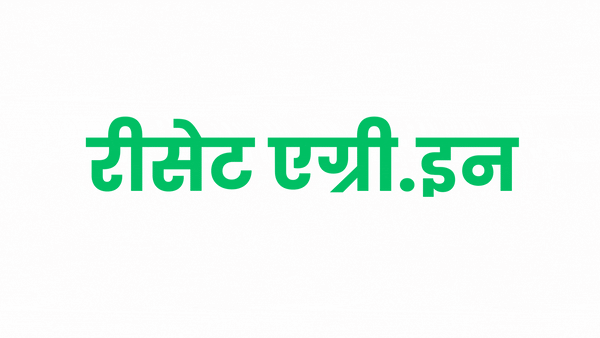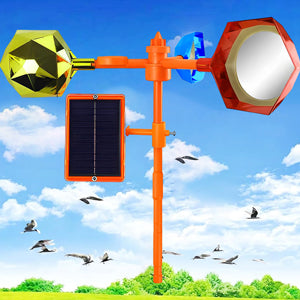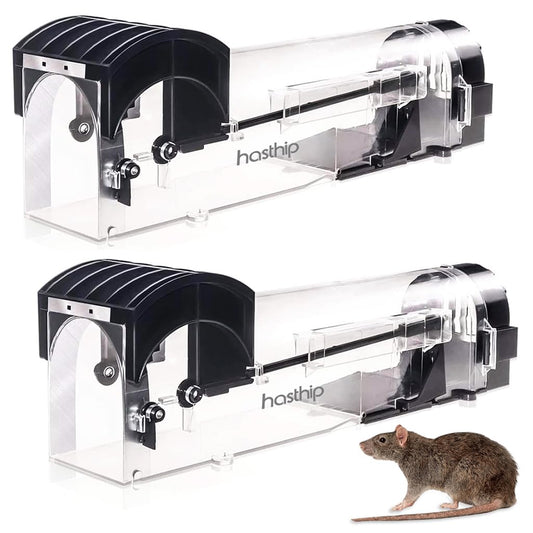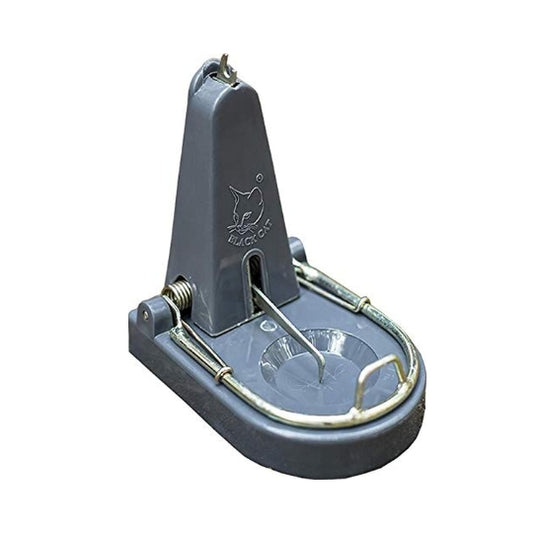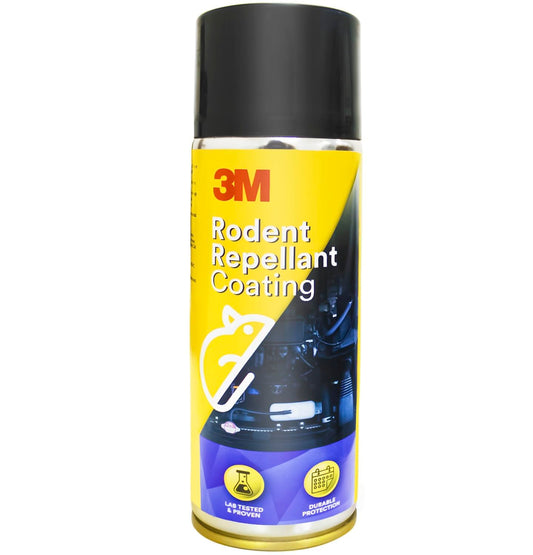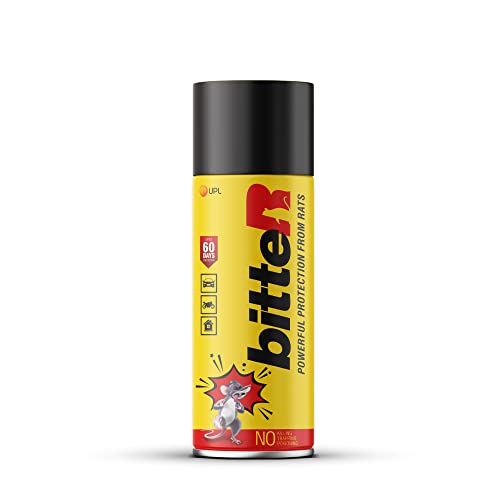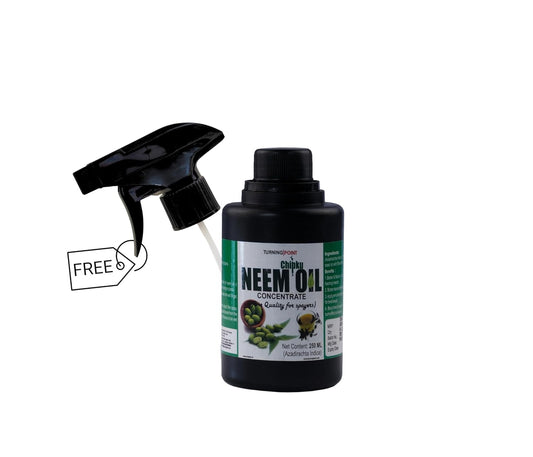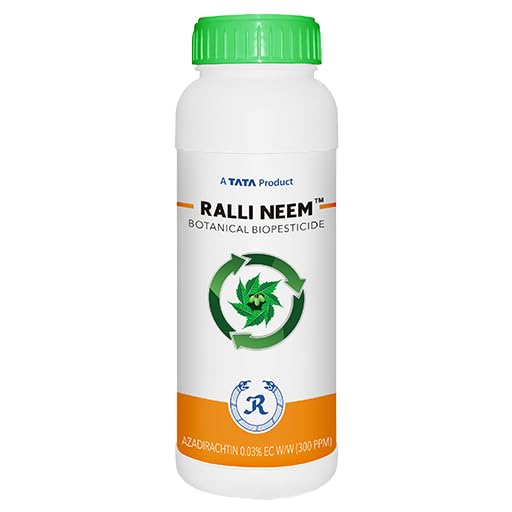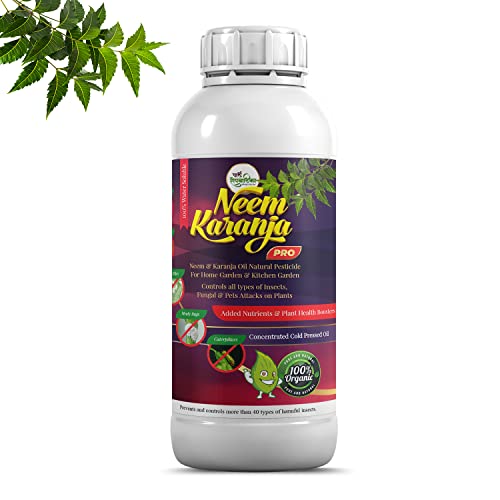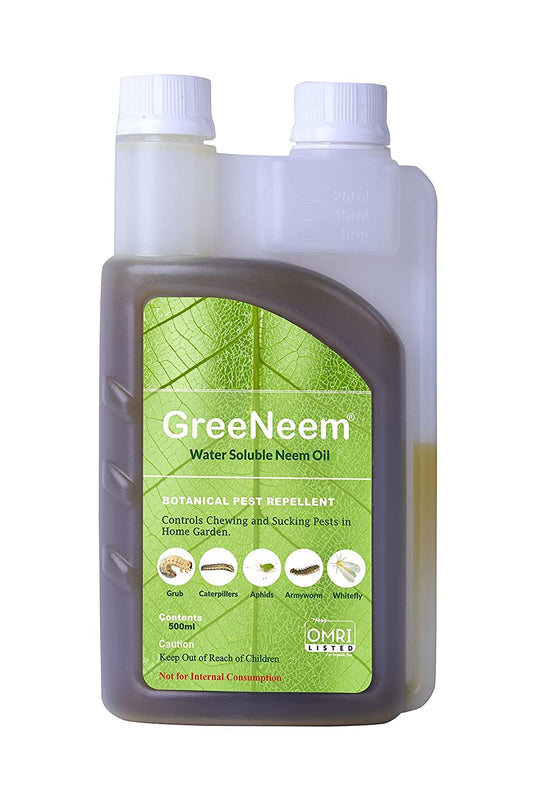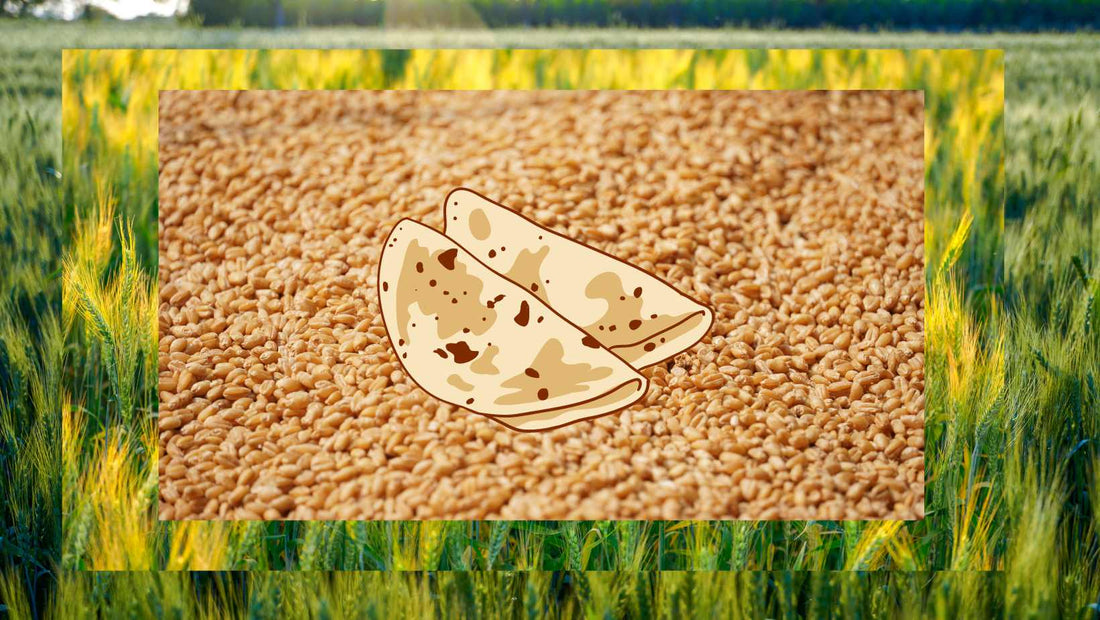
Wheat Cultivation: A Comprehensive Guide for Indian Farmers
Share
Wheat, a staple food for millions across the globe, holds a prominent position in India's agricultural landscape. Predominantly cultivated in the northern regions, wheat plays a crucial role in ensuring the nation's food security and generating substantial export earnings. From an economic standpoint, wheat cultivation offers farmers the advantage of extended storage capabilities, allowing them to hold onto their produce until market prices reach optimal levels. In the modern era, farmers can leverage the power of social media, online platforms like reset agri, and e-commerce giants like Amazon and Indiamart to directly sell wheat and wheat flour to consumers, eliminating intermediaries and maximizing profits. Moreover, wheat cultivation requires relatively lower investment compared to high-investment horticulture crops, making it an attractive option for farmers seeking to diversify their portfolio and mitigate risk while ensuring a steady income stream.
This comprehensive guide delves into the intricacies of wheat cultivation in India, encompassing essential aspects such as seed selection, seed treatment, nursery bed preparation, land preparation, soil requirements, and irrigation practices.
Wheat Seed Selection
The selection of wheat variety plays a pivotal role in determining crop yield and resilience against adverse environmental conditions. India boasts a diverse range of popular wheat varieties, each with unique characteristics tailored to specific agro-climatic zones. Notable examples include DBW 222, DBW 252, DDW47, DBW 187, DBW 173, HD 2851, HD 2932, PBW 1 Zn, Unnat PBW 343, PDW 233, WHD 943, and TL 2908. Among these, Durum wheat and black wheat are gaining increasing traction among consumers, presenting a promising opportunity for farmers to cultivate these exceptional varieties and connect directly with individual customers.
Seed treatment: A crucial practice for wheat protection
Seed treatment plays an indispensable role in wheat cultivation, providing protection against diseases and pests that can significantly impact crop yield and quality. Pre-soaking seeds for 8-12 hours enhances germination and nutrient uptake, giving the seedlings a strong start. In areas with a high prevalence of fungal infections, applying fungicides like Tebuconazole or Bavistin to seeds can effectively control and prevent fungal diseases. Additionally, Trichoderma viride, a beneficial fungus, can be employed to reduce the severity of rust, a common fungal disease in wheat.
Advancements in agricultural technology have led to the development of commercial seed treatment formulations with enhanced efficacy and broader-spectrum protection. Two such formulations are recommended for their effectiveness:
Tata Rallis Neonix 20 FS
This formulation combines the insecticide Imidacloprid, known for its control of a wide range of sucking insects, with Hexaconazole, a broad-spectrum fungicide effective against various fungal pathogens.
UPL Electron
This formulation provides comprehensive protection against both fungal diseases and insect pests. It contains Azoxystrobin and Thiophanate Methyl, two potent fungicides, along with Thiamethoxam, a broad-spectrum and systemic insecticide that offers long-lasting control of insect pests.
These formulations, when applied according to the recommended dosage and instructions, can effectively safeguard wheat crops from various threats, ensuring optimal growth and yield.
Nursery Bed Preparation and Land Preparation
Wheat cultivation typically involves direct sowing, eliminating the need for nursery beds. However, some farmers prefer raising seedlings in nurseries for early transplantation. Land preparation is crucial for ensuring a favorable growing environment for wheat. Two rounds of plowing with an iron plow and three rounds with a cultivator are recommended to achieve a fine tilth. Farm yard manure, biofertilizers, Trichoderma, and Pseudomonas are incorporated into the soil to enhance fertility.
Soil Type Requirements and Soil pH
Wheat thrives in well-drained clay loam or loam soils with good texture, structure, and moderate water holding capacity. Excessively porous or poorly drained soils are unsuitable for wheat cultivation. The ideal soil pH range for wheat is between 6.0 and 7.0. Deviations from this range can hinder crop growth and yield.
Irrigation Practices
Wheat cultivation demands precise irrigation management to optimize water use and prevent waterlogging. The frequency and duration of irrigation depend on soil type, climate, and crop stage. Generally, wheat requires 6-8 irrigations during the growing season. Early irrigation is crucial for germination and establishment, while mid-season irrigation supports tillering and grain formation. Late-season irrigation ensures plump grains and prevents premature grain shattering.
Weed Management in Wheat
Weeds are unwanted plants that compete with wheat for resources such as water, nutrients, and sunlight. They can reduce wheat yields by up to 50%. Farmers should control weeds in wheat for the first few days after planting because this is when the wheat plants are most vulnerable. Weeds can quickly outgrow wheat seedlings and make it difficult for them to establish themselves. Controlling weeds early will give wheat plants a head start and help them to reach their full yield potential. Along with cultural weed control practices, ResetAgri.in recommends farmer two exceptional herbicides.
Syngenta Axial is a prestigious post-emergence solution for use against Phalaris minor (Jangli Jo, Chara Ghas, Sanwa) in wheat crop, providing, efficient and clean harvest, progressive yields, out-standing crop safety, prominent & fast weed kill.
UPL TOTAL (Sulfosulfuron 75% + Metsulfuron 5% WG) is excellent Post emergence, sytemic herbicide contains synergistic ingredients that have special buffering, bonding and spreading agents, for faster uptake and translocation.It has Wider application window which is 30 to 35 days after sowing of wheat when weeds are in 2-4 Leaf Stage. It controls narrow leaf weeds as well as broad leaf weeds. It shows Double action i.e.uptake through leaves and roots with rapid translocation, both acropetally and basipetally.METHOD OF APPLICATION: 1. Dissolve the entire content of Total (Sulfosulfuron 75% + Metsulfuron Methyl 5% WG) pouch (16g) in six liters of water and mix thoroughly. 2. Then add the entire content of the Surfactant (500 ml) to the above solution and mix thoroughly with a stick. 3. Dilute the solution with 100 liters of water to uniformly spray one acre.
Fertilizer doses for wheat
Farmers can plan fertilizer doses as per soil testing. Doses are as below. Devide the urea dose and apply second half during growth period.
- Urea 100-175 kg/ha
- DAP 66 to 100 kg/ha
- MOP 35-42 kg/ha
- Zn 10-20 kg/ha
In case leaves develop deficiency symptoms farmers can spray nano urea. 1% urea solution, nano dap. Apply magnesium sulphate 60 kg/ha if not applied in last one year. Similary sulphur WDG can also be applied at the rate of 5 kg/ha.
Biostimulants for Wheat
In case when wheat crop faces adverse abiotic or biotic stress, it is recommneded to use protein hydrolysate based foliar biostimulant. This helps crops to rapidly build metabolism and immunity which is important for maintaining high and quality yield. Farmers are recommended to use products like UPL Tinto, Syngenta Quantis as foliar spray.
Fungicides for Wheat
Wheat is susceptible to various fungal diseases, particularly in warm, humid environments with ample moisture. These diseases can significantly impact wheat yield and quality. Common fungal diseases affecting wheat include powdery mildew, loose smut, brown rust, stripe rust (yellow rust), black rust, flag smut, hill bunt (stinking smut), Karnal bunt, leaf blight, foot rot, head scab (fusarium leaf blotch, snow mold), leaf blotch, head scab, helminthosporium leaf blotch (spot blotch), and seedling blight.
To effectively manage fungal diseases in wheat, farmers can implement a combination of cultural practices, preventive measures, and curative treatments. Cultural practices such as crop rotation, residue management, and maintaining optimal soil drainage can help reduce the risk of fungal infections. Additionally, preventive measures like using certified disease-free seeds and implementing seed treatments can further minimize the likelihood of disease transmission.
In cases where fungal diseases occur, curative treatments using high-quality fungicides can be applied to control the infection and prevent further damage to the wheat crop. The specific fungicide and application timing will depend on the type of fungal disease and the severity of the infection. It is crucial to consult with local agricultural experts or extension services for tailored recommendations based on regional conditions and disease prevalence.
Custodia is a dual action fungicide containing two active ingredients. Viz. Azoxystrobin 11% and Tebuconazole 18.3% w/w SC.
Azoxystrobin is a systemic fungicide with translaminar, protectant and curative properties. Azoxystrobin inhibit mitochondrial respiration by blocking electron transport.
Tebuconazole is dimethylase inhibitor (DMI) -interferes in process of building the structure of fungal cell wall. Finally it inhibits the reproduction and further growth of fungus.It is a systemic fungicide and delivers both curative and preventative control of diseased plants.
Custodia is recommended for use in grapes, onion, potato, tomato, chili, rice and wheat for control of common fungal problems viz. Die-back, Downy mildew, Early blight, Fruit-rot, Late blight, Powdery mildew, Purple blotch, Sheath blight and Yellow rust.
Pest Management in Wheat
Wheat faces pest problems like Termites,American pod borer, Aphids, Brown mite, Army worm/cut worm, Shoot fly, Wheat thrips, Pink stem borer, Ghujhia weevil, Root-knot nematode, Molya nematode / cyst nematode and Wheat-gall nematode
Integrated pest management (IPM) is an effective and sustainable approach to controlling pests in wheat. IPM combines a variety of methods to reduce pest populations and minimize the use of pesticides.
Preventive measures
Crop rotation: Rotating crops can help to break the pest cycle and reduce the risk of infestation. For example, planting a non-host crop, such as corn or soybeans, after wheat can help to reduce the populations of wheat pests.
Sanitation: Removing crop residues from the field after harvest can help to reduce the number of pests that overwinter in the field.
Resistant varieties: Planting wheat varieties that are resistant to common pests can help to reduce the need for pesticides.
Tillage: Tillage can help to bury pests and destroy their habitat. However, it is important to use conservation tillage practices, such as no-till or strip-till, to minimize soil erosion.
Monitoring
Scouting: Regularly scouting fields for pests can help to identify problems early on, when they are easier to control.
Trapping: Traps can be used to monitor pest populations and to determine the need for control measures.
Biological control
Natural enemies: Many pests have natural enemies, such as ladybugs, lacewings, and parasitic wasps. These natural enemies can help to keep pest populations in check.
Biopesticides: Biopesticides are pesticides that are made from natural materials, such as bacteria, fungi, or viruses. They are less harmful to the environment than traditional pesticides.
Cultural control
Planting date: Adjusting the planting date can help to avoid the peak pest season.
Fertilization: Applying the right amount of fertilizer at the right time can help to promote healthy plants that are more resistant to pests.
Irrigation: Proper irrigation can help to prevent drought stress, which can make plants more susceptible to pests.
Chemical control
Pesticides: Pesticides should be used as a last resort, and only when absolutely necessary. When using pesticides, it is important to follow the label directions carefully.
IPM for specific pests
Termites: Termites can be controlled with a variety of methods, including baits, soil treatments, and fumigation.
American pod borer: The American pod borer can be controlled with insecticides, such as chlorpyrifos or spinosad.
Aphids: Aphids can be controlled with insecticides, such as malathion or pyriproxyfen.
Brown mite: The brown mite can be controlled with miticides, such as abamectin or bifenazate.
Army worm/cut worm: Armyworms and cutworms can be controlled with insecticides, such as carbaryl or permethrin.
Shoot fly: The shoot fly can be controlled with cultural practices, such as crop rotation and early planting.
Wheat thrips: Wheat thrips can be controlled with insecticides, such as imidacloprid or spinosad.
Pink stem borer: The pink stem borer can be controlled with cultural practices, such as crop rotation and early planting.
Ghujhia weevil: The ghujhia weevil can be controlled with insecticides, such as cypermethrin or deltamethrin.
Root-knot nematode: Root-knot nematodes can be controlled with resistant varieties and nematicides.
Molya nematode / cyst nematode: Molya nematodes and cyst nematodes can be controlled with resistant varieties and nematicides.
Wheat-gall nematode: The wheat-gall nematode can be controlled with resistant varieties and nematicides.
By implementing an IPM program, farmers can effectively control pests in wheat while minimizing the use of pesticides and protecting the environment.
In conclusion, wheat cultivation plays a significant role in India's agricultural landscape, ensuring food security, generating export earnings, and contributing to farmer livelihoods. The selection of appropriate wheat varieties, effective seed treatment practices, careful land preparation, and judicious irrigation management are essential for successful wheat cultivation. Farmers can leverage the power of social media, online platforms, and e-commerce to expand market reach and maximize profits. By adopting modern techniques and adhering to recommended practices, Indian farmers can achieve sustainable and profitable wheat cultivation, contributing to the nation's agricultural growth and food security.
